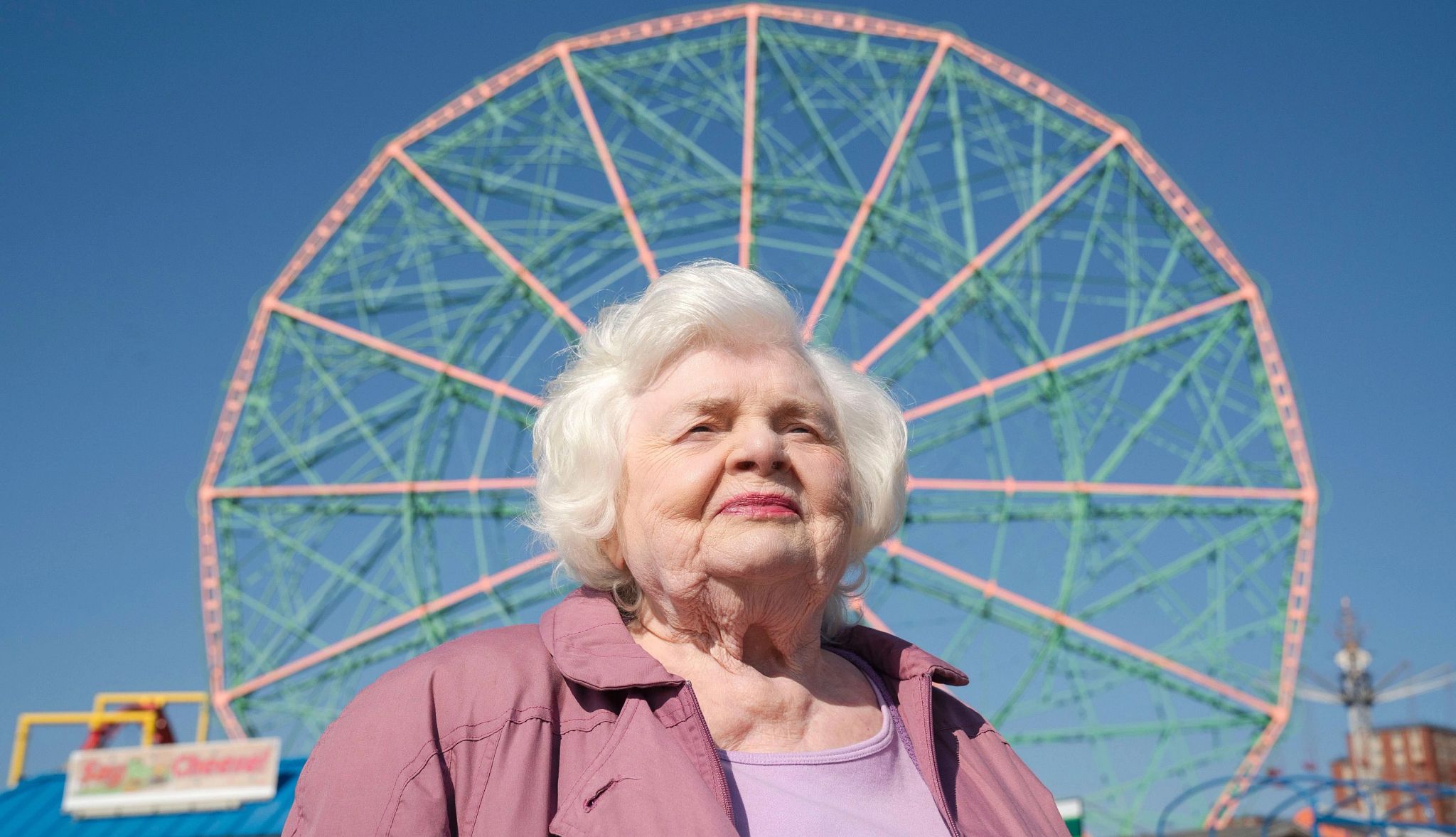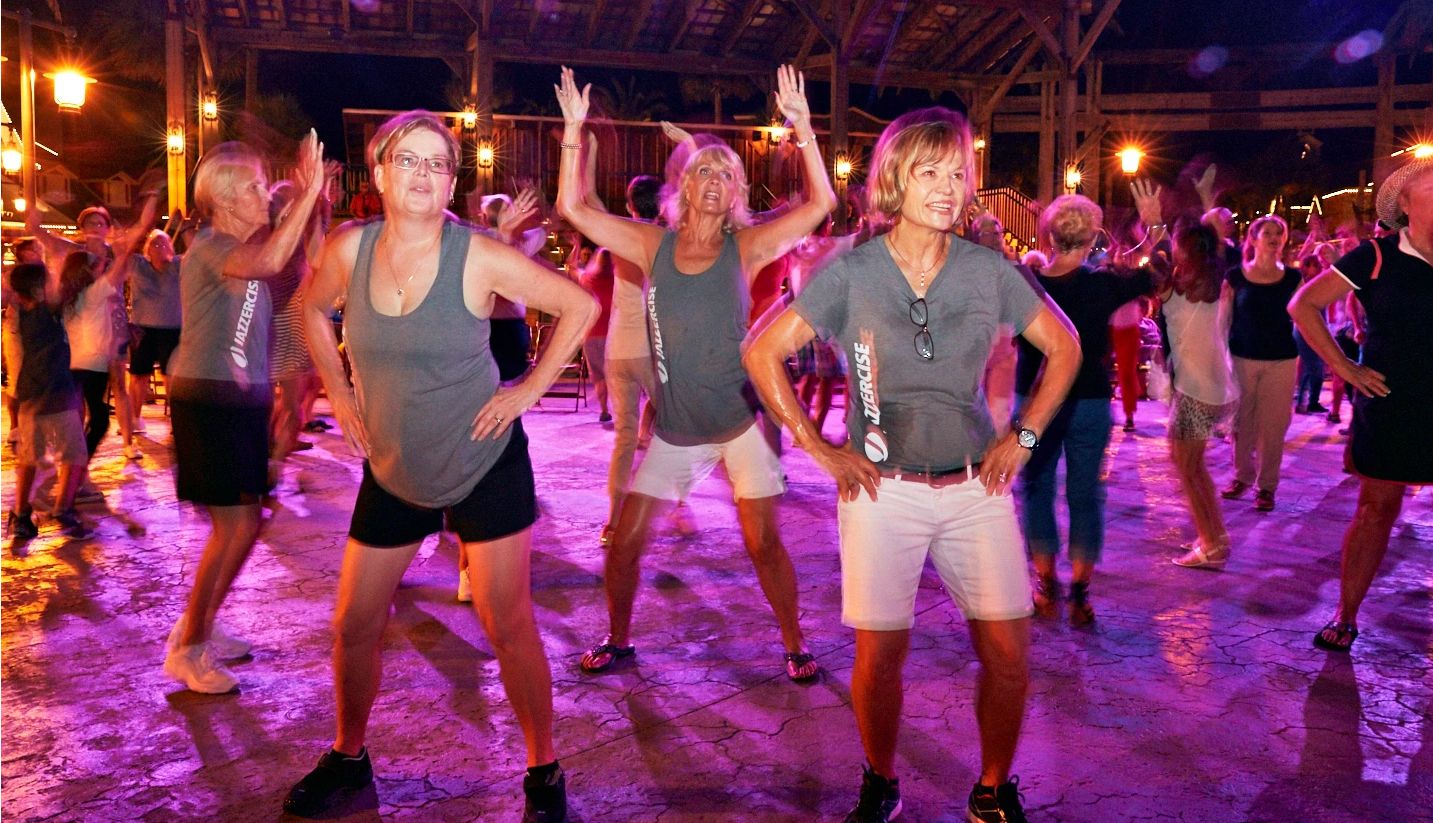AARP Hearing Center
Karen Busch squeezes in a conversation between classes and a concert at Arizona State University, where she’s a student — but not a conventional one.
Busch is 79, retired and lives in Mirabella at ASU, a sleek, 20-story community on the Tempe campus that opened in late 2020. Mirabella residents can take advantage of the classes, culture, extracurricular activities and even research projects at the bustling university.
“I’m not ready to stop learning,” says Busch, who worked as an administrator at several other universities and whose late husband was a sociology professor at Michigan State.
She recounts a fellow resident telling her, “ ‘The day we start bingo is the day I leave.’
“And that’s the point,” Busch says. “This is not about just finding stuff to do. It’s purposefully learning and figuring out things and ways to still, in some way or another, contribute to the world.”
Mirabella is among the flashiest of a wave of university-based continuing-care retirement communities, also known as CCRCs, life-care communities or life-plan communities. There are more than 100 such facilities operating on or near university and college campuses in 30 states. These include Vi at Palo Alto, just off the Stanford campus in California; Kendal at Oberlin in Ohio; University Place at Purdue and Holy Cross Village near Notre Dame in Indiana; Lasell Village at Lasell University in Newton, Massachusetts; Capstone Village at the University of Alabama; The Woodlands at Furman, next to Furman University in Greenville, South Carolina; and Oak Hammock at the University of Florida.
Among the newest projects are The Spires at Berry College in Rome, Georgia, which opened in 2020; Legacy Pointe at the University of Central Florida, which debuted in 2021; and Broadview Senior Living at Purchase College in Purchase, New York, scheduled to open in fall 2023. Several more are under development.
Others, including The Forest at Duke in North Carolina and Longhorn Village at the University of Texas, are expanding. Mirabella at ASU was sold out before construction was completed (though there are openings again for some apartment styles), and many other university-related retirement communities have waiting lists.
‘A university gives you so many options’
Like typical life-care facilities, many of these campus communities offer a mix of independent living units, assisted living, memory support and skilled nursing care. They also have a similar pricing model, charging a steep entry fee and monthly payments. What distinguishes them is their varying degrees of connection with the partner schools.
Residents have easy access, and free or reduced admission, to campus music and theater productions and athletic events. In some communities, they can audit classes when there’s space available or fully enroll in some courses without charge. At others, residents are invited to teach or paired up as mentors with students.
Prospective occupants don’t have to be alumni of the associated institutions, though many are. Longhorn Village has its own chapter of the Texas Exes alumni club; about a quarter of the residents of Vi at Palo Alto went to, or worked at, Stanford.
Vi resident Amber Henninger is a Stanford alum, as was her late husband. Decked out in a Stanford T-shirt, sneakers and Stanford-red earrings, she leads a visitor beneath the building’s high-ceilinged lobby with its grand piano in front of floor-to-ceiling windows, settles into a sun-filled coffee lounge and describes why she moved here.






































































